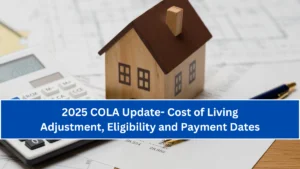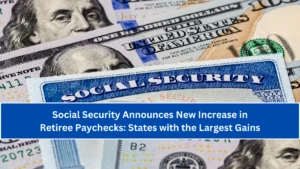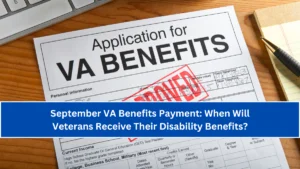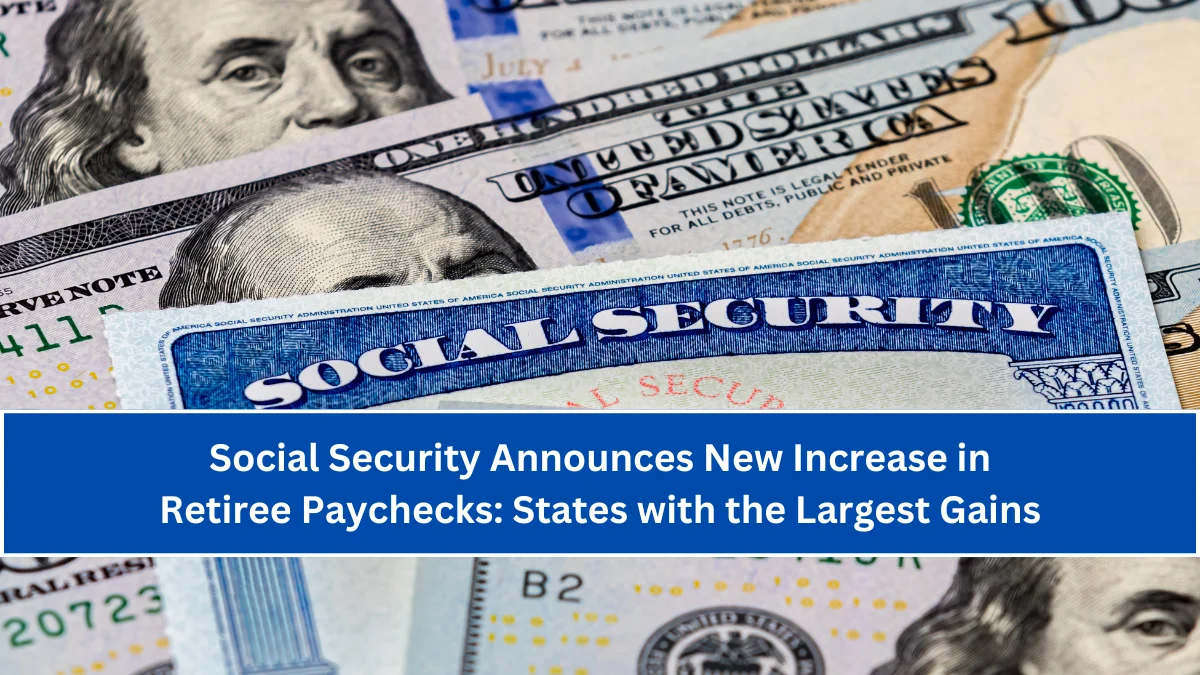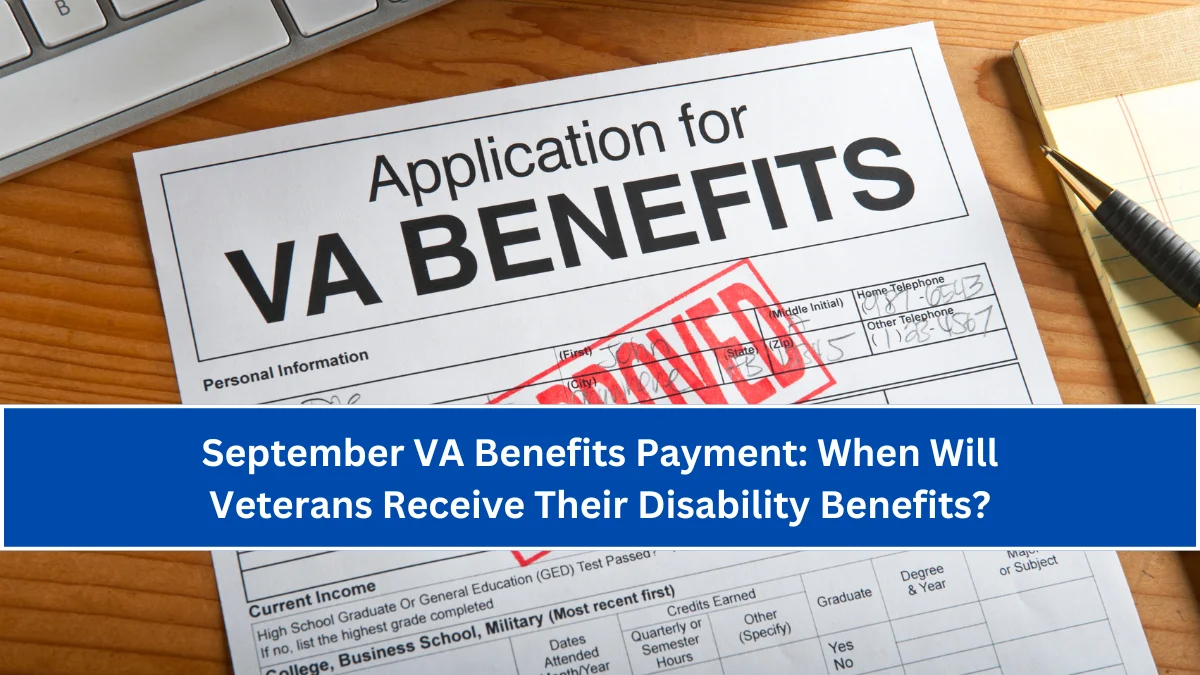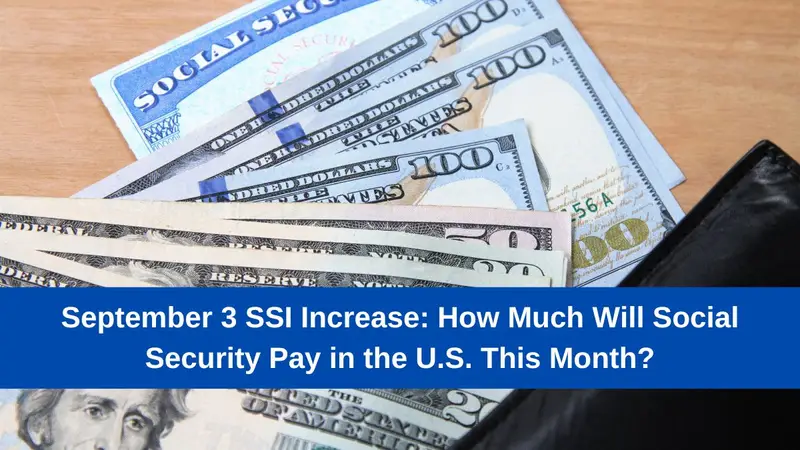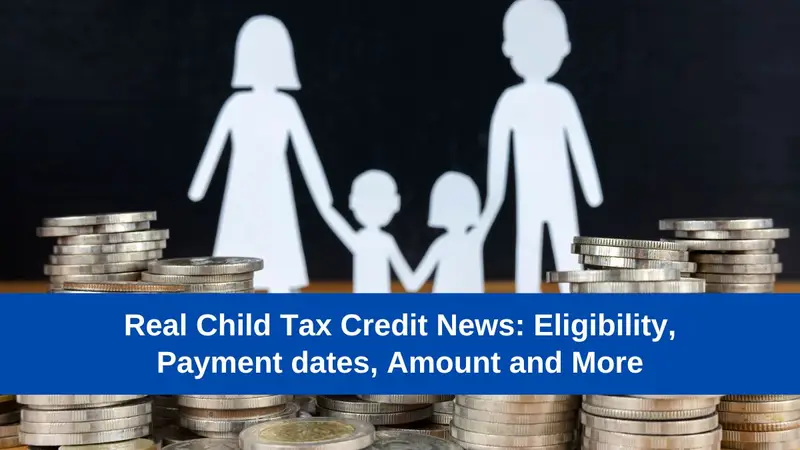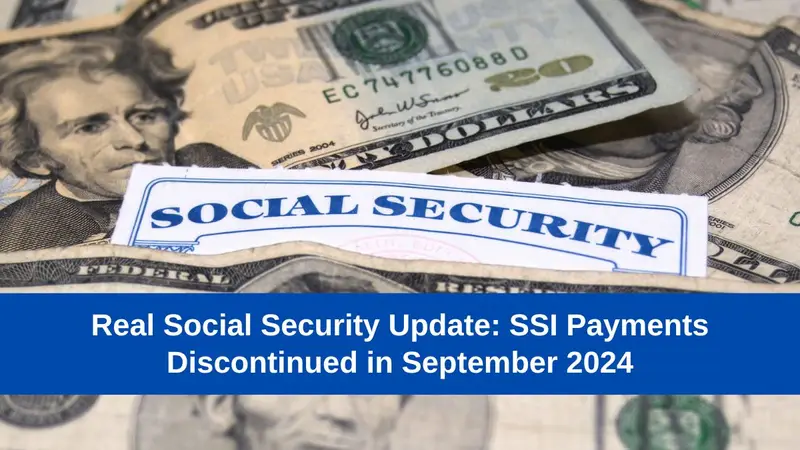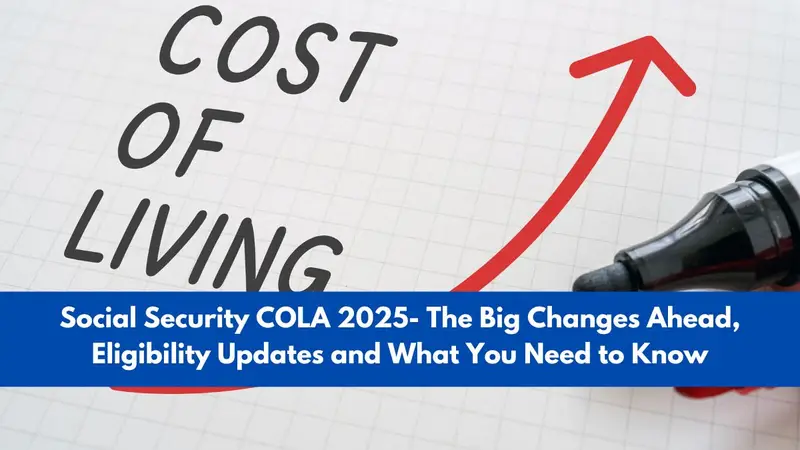Paying less tax to the IRS is a goal many taxpayers aim for every year. As we approach 2025, there are several strategies and tax code changes that you can leverage to minimize your tax liability.
One critical requirement you need to meet to pay less tax is understanding and optimizing your tax deductions and credits while keeping an eye on the new tax brackets for 2025.
Understanding the 2025 Tax Brackets

The IRS adjusts tax brackets annually to account for inflation, and the brackets for 2025 are no exception. Here’s a breakdown of the federal income tax brackets for 2025:
| Tax Rate | Single Filers | Married Filing Jointly | Married Filing Separately | Head of Household |
|---|---|---|---|---|
| 10% | $11,600 or less | $23,200 or less | $11,600 or less | $16,550 or less |
| 12% | $11,601 to $47,150 | $23,201 to $94,300 | $11,601 to $47,150 | $16,551 to $63,100 |
| 22% | $47,151 to $100,525 | $94,301 to $201,050 | $47,151 to $100,525 | $63,101 to $100,500 |
| 24% | $100,526 to $191,950 | $201,051 to $383,900 | $100,526 to $191,950 | $100,501 to $191,950 |
| 32% | $191,951 to $243,725 | $383,901 to $487,450 | $191,951 to $243,725 | $191,951 to $243,700 |
| 35% | $243,726 to $609,350 | $487,451 to $731,200 | $243,726 to $365,600 | $234,701 to $609,350 |
| 37% | Over $609,350 | Over $731,200 | Over $365,600 | Over $609,350 |
These brackets mean that for most taxpayers, especially those in the middle-income ranges, there might be an opportunity to avoid moving into a higher tax bracket by carefully planning income and deductions.
Key Requirement: Maximizing Deductions and Credits
One of the most effective ways to reduce your taxable income is by maximizing deductions and credits. Here are several strategies to consider:
1. Contribute to Retirement Accounts:
For 2025, the contribution limits for traditional 401(k), 403(b), and the federal government’s Thrift Savings Plan have increased to $23,000. Contributions to these accounts reduce your taxable income, which can lower your tax bracket.
2. Leverage Tax Credits:
Tax credits directly reduce the amount of tax you owe. For example, the Earned Income Tax Credit (EITC) is available for low- to moderate-income workers. Make sure to assess your eligibility annually, as small changes in income or the number of dependents can impact your qualification.
3. Deduct Medical Expenses:
If you itemize deductions, you can deduct qualified medical expenses that exceed 7.5% of your adjusted gross income (AGI). Keep detailed records of all medical expenses throughout the year to ensure you can claim this deduction.
4. Take Advantage of Education Credits:
The American Opportunity Credit and Lifetime Learning Credit are available for qualified education expenses. These credits can reduce your tax bill by up to $2,500 per student for the American Opportunity Credit and $2,000 per return for the Lifetime Learning Credit.
5. Consider the Home Office Deduction:
If you are self-employed and use part of your home exclusively for business, you may qualify for a home office deduction. This can include a portion of your mortgage, rent, utilities, and insurance.
New IRS Reporting Requirements for 2025

Another significant change for 2025 is the adjustment in IRS reporting requirements for income earned through third-party payment platforms like Venmo, PayPal, and Cash App. Starting in 2025, the IRS will require a 1099-K form for anyone earning more than $5,000 through these platforms, up from the previous $600 threshold.
This change aims to reduce the tax gap by ensuring that income earned through digital platforms is reported. However, it also means that more taxpayers will need to be diligent about tracking and reporting this income to avoid penalties.
Conclusion
By understanding these changes and requirements, you can effectively plan your finances to minimize your tax liability in 2025. Always consult with a tax professional to ensure you’re taking full advantage of all available tax-saving opportunities.
FAQs
1. What are the new tax brackets for 2025?
The tax brackets have been adjusted for inflation in 2025. The lowest bracket starts at 10% for single filers earning $11,600 or less, with the highest bracket at 37% for incomes over $609,350.
2. How can I reduce my taxable income in 2025?
You can reduce your taxable income by contributing to retirement accounts, claiming deductions such as medical expenses, and taking advantage of tax credits like the EITC.
3. What is the new reporting requirement for payment apps in 2025?
Starting in 2025, the IRS will require 1099-K forms for anyone earning over $5,000 through payment platforms like Venmo, PayPal, and Cash App.
4. Can I still deduct medical expenses in 2025?
Yes, if you itemize deductions, you can deduct qualified medical expenses that exceed 7.5% of your adjusted gross income.
5. Are education credits still available in 2025?
Yes, both the American Opportunity Credit and the Lifetime Learning Credit are available for qualified education expenses.

